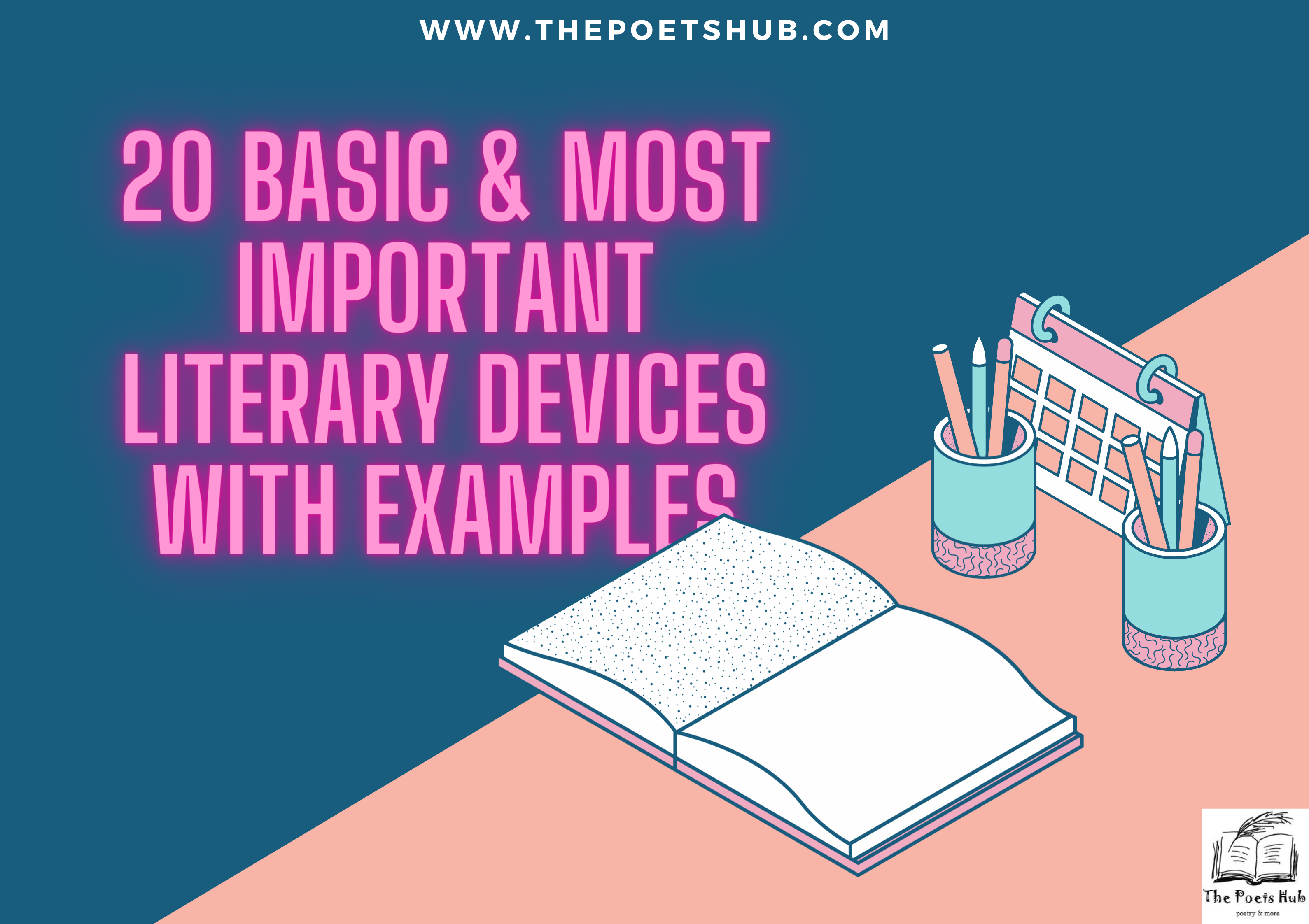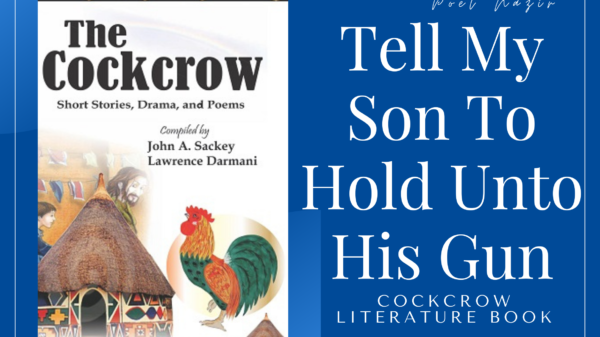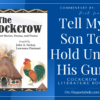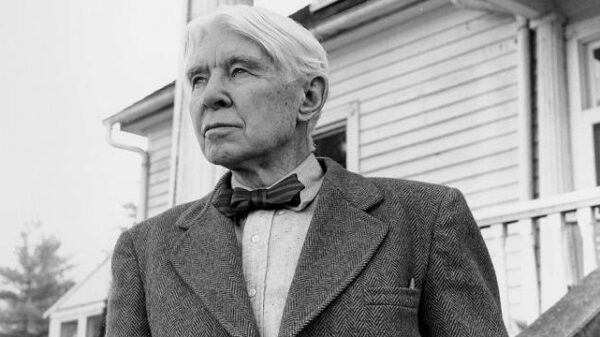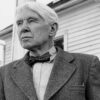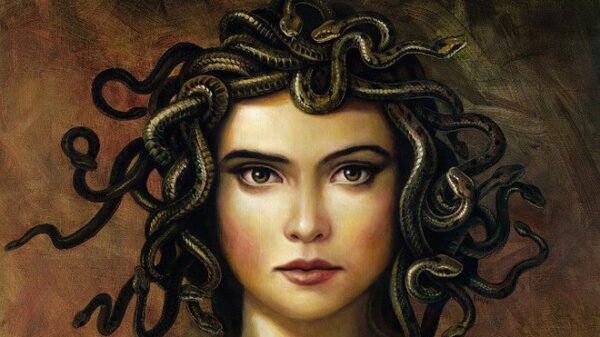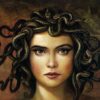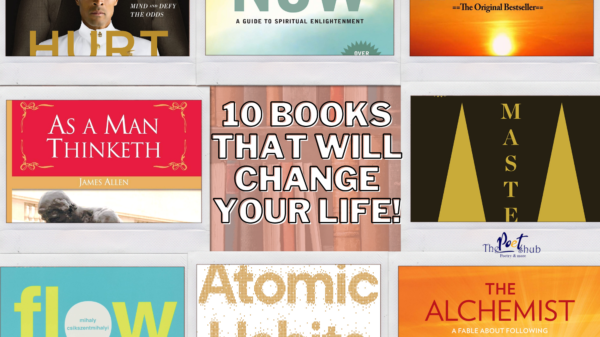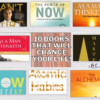Table of Contents
What Are Literary Devices?
Literary devices are figures of speech given to the technical, strategic and skillful use of words to paint a picture and establish a specific understanding. They are used somehow to offer a bit of understanding to the reader.
Read Also: 8 Steps To Write & Publish An eBook
Examples Of Literary Devices
1. Simile
Simile is one of the figures of speeches a feeling/emotion or situation is compared to another with the use of words like ‘as…as’, ‘as’, ‘like’ or ‘resemble’.
Examples
- Kate runs like a horse.
- The fog falls like a blanket.
- The lady’s head looks like tractor tyres.
- Manu is as wise as a goat.
- The horse resembles an elephant.
- Her laughter sounds like a rumbling thunder.
- Larry is as fast as a horse during the race.
Read Also: Pronouns; Types, Correct Usage & Common Mistakes
2. Metaphor
It is a situation whereby the qualities of an object, animal or man is given or transferred directly to another. Here, the ‘after’ is directly called the ‘former’ without the use of ‘like’ or ‘as’. This us a direct comparison as compared to simile.
Examples
- You are a goat.
- He is a horse in the race.
- Mensah was a lion during the fight.
- Kennedy’s cat is a human.
- We are the animals born to be humans.
- If Doris doesn’t respect anyone, then she is indeed a mountain in the school.
3. Apostrophe
This is a literary device said when a person talks directly to a non-living object as if it had life. Or, it is said when an individual talks or addresses a person who’s absent as if the fellow was there to listen.
Examples
- God, I can indeed rely on you.
- Oh life, why are you so wicked?
- O death, why is thy sting as such?
- Mum, why have you left me all by myself?
- Heaven, do you see what’s happening to me?
- Ghana, with all the fault, I love thee.
4. Personification
This is when we talk or describe a non-livingthing as if it was alive. Or giving human attributes to a non-human subject.
Examples
- Even the clouds have seen my hustle.
- If I don’t cry, my tears will be angry.
- Luck reigns in my family.
- Danger caught us right there!
- Life isn’t treating you well.
- Kumasi Kejetia doesn’t sleep well even at night.
- This handkerchief is really tired!
- Don’t stress your bag.
- With a bit of creativity, even the shoes danced so well.
5. Hyperbole
It is a literary device in which conscious exaggeration is used for a special effect. There is an overstatement here. Here, we exaggerate and say things more than they could ever be real.
Examples
- She sneezed and all men run for cover.
- Her beauty causes an accident.
- I have warned you a million times to stop that.
- Better tell a thousand men than my parent.
- At the accident scene, blood flowed like a river.
- I am so sleepy that, I can sleep standing.
- He can walk around the world without feeling tired.
Check Also: Cockcrow Commentary: Debbie Sandy – Pepe Detailed Commentary
6. Oxymoron
This is placing side by side two opposite words in one sentence to make a meaning.
Examples
- James is a wise fool.
- She is excitedly sad.
- Her pregnancy has become an open secret.
- Sometimes, we cherish things of little value.
- Women are necessary evil.
- Oh bro, that was a pretty ugly statement.
- It is an important waste.
- Fosuaa posses an icy fire in her eyes.
- She shed tears of joy during her wedding.
7. Onomatopoeia
This literary device is the use of words or expressions that imitate sound or action.
Examples
- The snake hissed
- The car jammed!
- Lion roared.
- Did you hear the horse neigh?
- The water keeps murmuring down the drain.
- The door screeched.
- “Gurgling rattle”
- “Meow” of a cat.
- “Clatter” of metallic objects.
- Fire >>>> Crackles
- Phone >>>>> Buzzes
- Water >>>>>> Murmurs
- Gun >>>>> Booms
- Gun >>>>>>> Clicks
- Lion >>>>> Roars
- Door/Tire >>>>> Screeches
- Glass >>>>>> Breaks/Shatters
- Tears >>>>>>> Tickles
- Thunder >>>>>> Rumbles
- Rain >>>>>> Drizzles
- Feet >>>>>> Patters
- Car door >>>>>> Slams
- Wolves >>>>>> Howl
- Door >>>>> Shuts/Slams
- Motor >>>>> Revving
- Huu!
8. Alliteration
It is the repetition of consonant sounds.
Examples
- The police parked privately on the park.
- Mansah mush ‘mushkey’ much better.
- Riri will willingly wish her little brother luck despite their feud.
- Man must chop.
- Sarah saw Saul’s father catching a cruise at the beach.
- Ok, where will he hide his horse?
- Aba stood still and gave a silent stare at my face.
- O wild west wind.
Read Also: How Telling People Your Good News Can Transform You
9. Assonance
This literary device is the repetition of same vowel sounds in close session.
Examples
- A stick in time saves nine (the repetition of the vowel ‘i’ in close words).
- I rode on road to my hometown (repetition of the vowel ‘o’ in most words)
- Earth eats only humans.
- The breeze blew my freezing bed (repetition of the vowel ‘e’ in all words).
- The teacher teaches them.(repetition of the vowel ‘e’).
10. Repetition
This is when a phrase, a word, a statement or a question is made to reoccur or repeat itself.
Examples
1. “I stood right there
Shivering, shivering
Look, look, look
Patently, we believe the rumor”.
2.Huh! Huh! Huh!
3. “He shouted
Free me, free me, free me”
4. Be a man, be a man.
5.Out, out brief candle.
Read Also: 10 Books That Will Change Your Life
11. Epigram
This literary device refers to a short witty saying. Just like a proverb, epigram likewise contains wisdom in it.
Examples
- Man proposes but God disposes.
- Alex never did anything stupid and also never did anything wise either.
- Empty barrels make the most noise.
- More haste, less speed.
- Far away is the book full of sense yet, no man uses.
Check Also: 10 Relevant Principles To Improve Your Writing Skills
12. Synecdoche
This is a literary device used when a part of something is used to represent a whole.
Examples
- Two heads are better than one (‘heads’ refers to people)
- All hands must be on deck to encourage progress (‘hands’ refers to people in the nation)
- My father has ten mouths to feed (‘mouths’ refers to members of the family)
- My home contains fourteen heads (‘heads’ refers to people found in the house)
- If he is fortunate enough, all his hands will prosper(‘hands’ refers to a whole being)
- All hands are invited.
13. Rhetorical Question
This is the type of question that demands no answer. Or the type of question that requires no answer.
Examples
- Why am I in this mess?
- Who is so foolish to hate his parent?
- Why are you staring at me like you’ve seen a ghost?
- When gold rust, what will iron do?
- Do you really believe you’ll go to heaven?
- Are you wiser than your peers?
14. Anti-thesis
Here, two ideas are placed side by side to make a joint meaning.
The contrast that exists between the two ideas are stated fully and that is why this is different from irony.
Examples
- Man proposes, but God disposes.
- We want deeds, not words.
- This situation demands action but not words.
- The ignorant condemns education but education condemns ignorance.
- United we stand, divided we fall.
- The girls dress like saints and act as devils.
- Willy looks innocent but a devil inside.
Read Also: “oh antic God” a Poem By Lucille Clifton
15. Irony
It is the use of statements or words to express another meaning that is different from the one said in the sentence. Irony states the opposite of what is said.
Examples
- The man was so poor that he could afford a Bugatti.
- My father is so generous that, he even takes money from beggars.
- Desmond is a very brilliant student, having failed his exams.
- The car is so healthy that, a little load will dislocate its parts.
16. Paradox
It is a literary statement that appears to be stupid at first sight but later found to be full of sense when looked at critically.
Examples
- Your bestfriend can be your worst enemy.
- The best way to learn a language is to speak it.
- The child is father to a man.
- Heard melodies are sweet but those unheard are sweeter.
- My father will only spare me if I tell the truth.
- I hate and I love.
- I know not, but I feel it happening and I am tortured.
Read Also: 30 Most Famous Shakespeare Quotes Of All Time
17. Litotes
This is where two negative words or statements are used to express or mean a positive one. This is opposite of hyperbole.
Examples
- Oh, this girl is not bad (meaning, she is beautiful).
- Kofi is not unkind (means he is kind).
- I am a citizen of no mean country.
- It is actually not uncommon for children to play with their mothers.
- Selas is not a bad person (means he is a good person)
18. Metonymy
It is the representation of one thing by something that is closely related or associated with it.
Examples
- Oh Lord, give us our daily bread (bread stands for food)
- The bullets took over the government (bullet here stands for soldiers)
- He is fond of the bottle.
19. Imagery
Margery is the use of words or language ot create a picture in a reader’s mind. Most writers use imagery to relate or appeal to all the five senses of human
Smell Imagery(Nose): While walking towards the old man’s hut, we felt a stench we’ve never come across in our life!
Sound Imagery(Ear): Boom! Boom! Boom! She shot her father’s rifle that nearly sealed our hearing.
Touch Imagery(Skin): Her skin was so smooth that, it felt like a virgin cotton.
Sight Imagery(Eye): The woman yelled at me whilst looking so furious and everyone turned a close look at me.
Taste Imagery(Tongue): Ther seller’s food tasted so bad that none of her customers ever came by again.
Read Also: Quatrain – 4 Line Poems
20. Symbolism
Symbolism is the use of words or an object to represent an idea or a specific concept. Most people are fond of using symbolisms in their essays and speeches to add weight to them.
Some of The Most Commonly Used Symbols In Literature Are;
- “Conformity” represented by sheep
- “Peace” represented by a white dove
- “Idea” represented by a light bulb switching on
- “Love” represented by a red rose
- “Neat/Cleanliness” represented by a white colour
- “Fool” represent led by a sheep
thepoetshub.com

